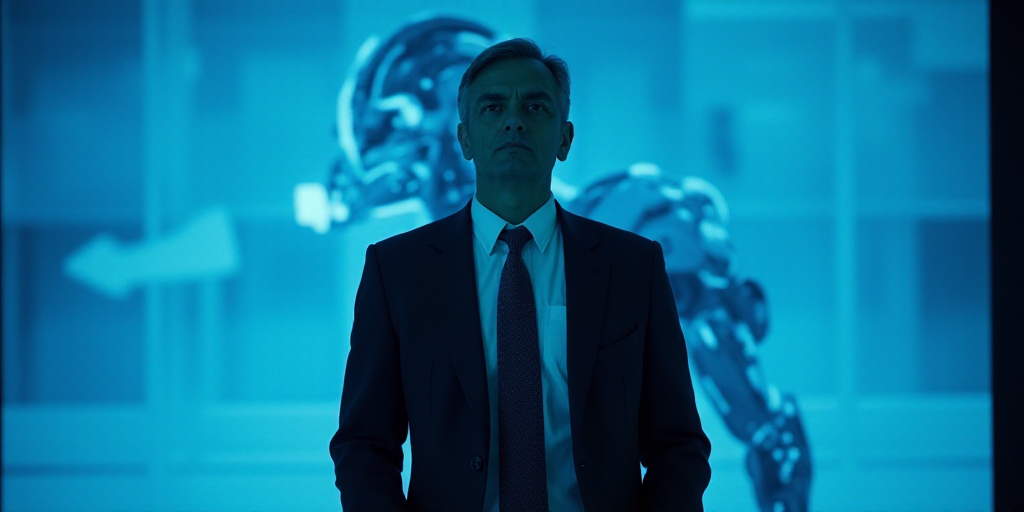The Meticulous World of Retail
Retail, by definition, is an industry of dollars and cents. Every penny counts, every movement matters. It’s so meticulous that even its English name, retail, stems from the idea of “detail.” This obsession with detail has made it one of the most advanced industries in understanding consumer behavior.
For decades, retail—along with mass consumption—has led the investment in customer knowledge. Not by trend, but out of survival instinct. If you don’t know what your customer wants, how they want it, and when they want it, you simply disappear. The competition is so fierce that there’s no room for indifference. This is why retail has developed a unique sensitivity to observe, measure, listen, and adapt to consumer behavior.
Why Other Industries Haven’t Followed Suit
One might ask: why haven’t other industries done the same? Why do many sectors still operate as if the customer were just another hurdle?
Let’s consider a few examples. The healthcare, banking, or public utility industries all directly impact our daily lives. However, unlike retail, they haven’t been forced to fight for every customer daily. Often, consumers have no options. They can’t easily switch public hospitals, avoid banks for urgent tasks, or choose whether to pay their electricity bill.
The result? A customer experience that rarely puts the client at the center. Patients waiting hours for medical appointments, users losing half a day queuing to renew their licenses, banking clients signing the same document thrice due to system failures.
If customers could choose, would they? Unlikely.
Retail’s Competitive Pressure
In contrast, retail customers can and do choose. Years ago, it was common to spend an hour in the supermarket checkout line. Today, if a customer sees more than three people ahead, they simply abandon their cart and leave. This customer power has transformed the entire industry. Companies had to become faster, more efficient, and more convenient. Self-service kiosks, online shopping, pickup services, loyalty apps, and home deliveries emerged—all because the customer demanded it.
This competitive pressure is retail’s greatest teacher. It compels businesses to move, innovate, listen, and act. And that’s where many industries have the most significant opportunity: to learn from the detailed mindset.
Cultural Shift, Not Technological
The first step isn’t technological; it’s cultural. In many companies, the customer remains a statistic rather than a person. Changing this requires humility—accepting that processes were designed for the company, not the user. Sometimes, we make customers adapt to us when they should adapt to us.
Ask yourself: does your sector provide the best possible customer experience? Do you facilitate their life or complicate it? Do you measure their satisfaction with the same obsession with which you measure your financial results?
For instance, in healthcare, clinics and hospitals could learn from retail to understand their “patient-consumer”: how they feel, what worries them, how smooth their visit is, and the level of empathy they receive.
In transportation, passengers could stop seeing themselves as captive users and start being treated as customers with options. In banking, digitalization should go beyond the app; it must translate into frictionless, human experiences.
On the other side, retail can also learn from other industries. From healthcare, ethics and social responsibility; from banking, security and risk management; from public utilities, coverage commitment and operational capacity. Because each industry has unique strengths to share.
The key is keeping the customer obsession alive. What retail has turned into instinct should be universal, regardless of whether you sell shoes, financial services, or clinical diagnoses. If you don’t understand your customer, you’ll lose them.
Surviving companies aren’t the largest; they’re those that learn fastest. And today, learning from retail is an excellent school.






